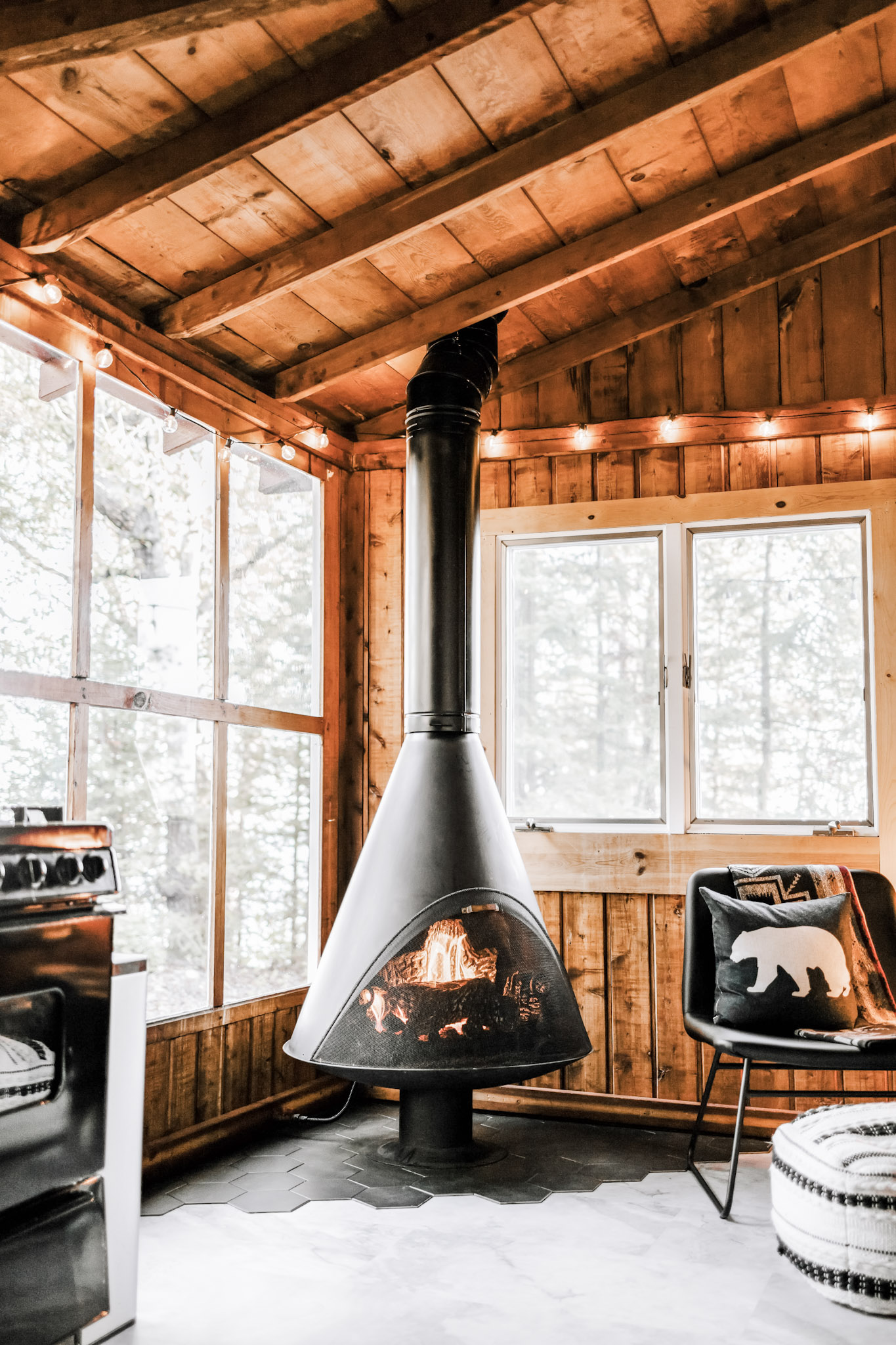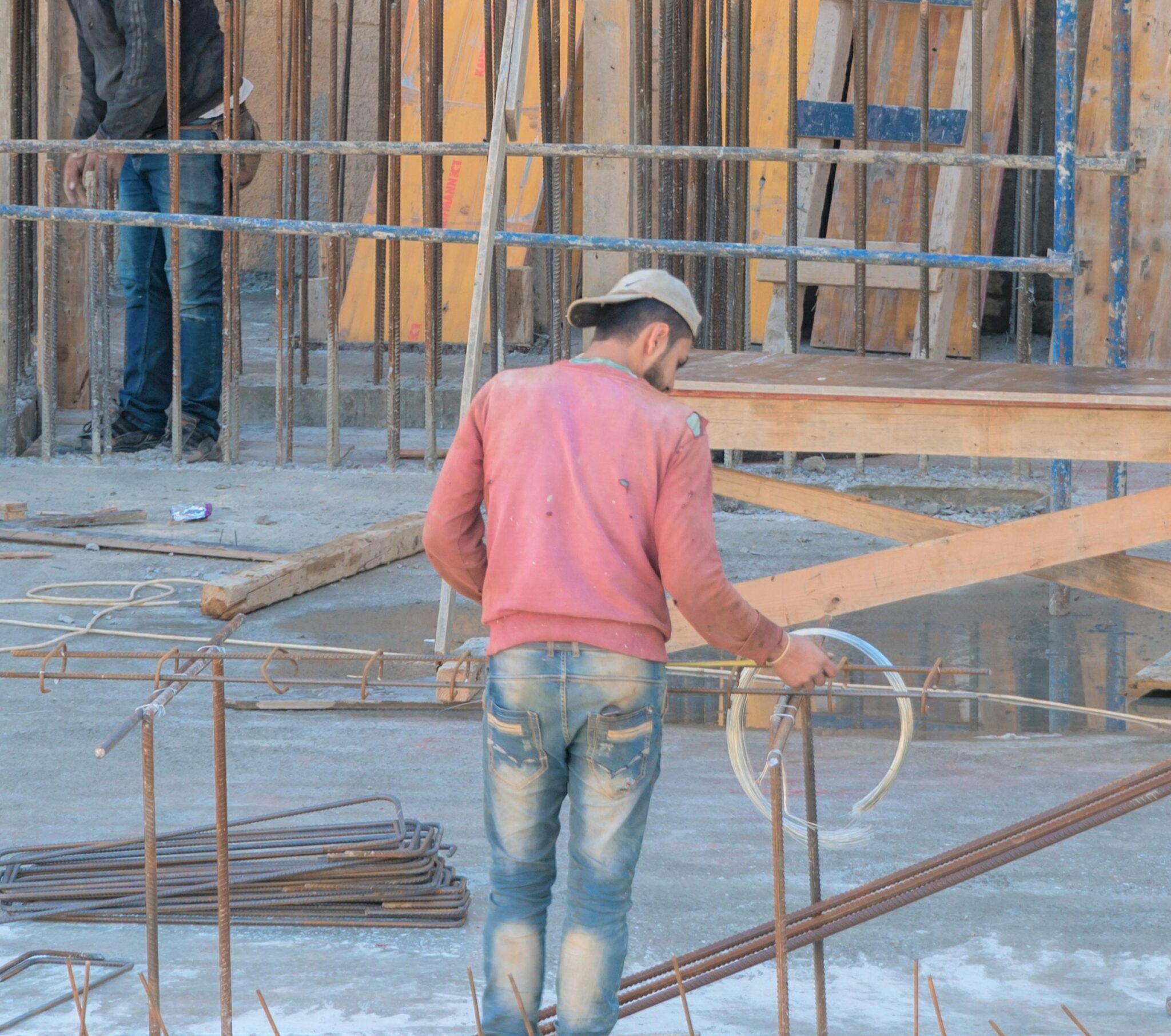How Environmentally Friendly is Your Home Heating?

How Environmentally Friendly is Your Home Heating?
Whoever would’ve guessed that something as seemingly innocuous as our home heating systems could have such an impact on the environment?
If you’re like most people, you probably didn’t give it much thought. The fact is, our homes are responsible for a significant amount of energy use and emissions.
Making more environmentally friendly choices for our home heating can significantly reduce our carbon footprint.
But where do you start? By following our tips and advice!
Ensure existing heating is serviced each year.
Getting an annual service for your heating system is important not only to ensure that it continues to run smoothly and efficiently but also to reduce its environmental impact.
Both your boiler and radiators will benefit from being serviced, as the process enables the detection of any faults and identify areas where energy can be saved.
This ensures that the heating system uses less energy. It prevents it from increasing greenhouse gas emissions and other atmospheric pollutants.
In addition, an annual service will help increase the lifespan of the heating system. This reduces the need for replacement parts and units.
In the end, it makes it a more cost-effective and environmentally friendly option in the long run.
Is electric heating the most environmentally friendly option?
While electric heating certainly has its benefits, such as being more efficient and having no emissions, it often relies on non-renewable energy sources like coal for fuel.
As a result, other sustainable options have recently become quite popular.
Using heat pumps and geothermal systems to tap into natural renewable energy sources is more sustainable.
They can reduce overall energy costs in the long run.
Furthermore, with advancements in technology, there are now advanced control systems that enable homeowners to make their heating system even more efficient while still keeping their carbon footprint low.
With these options, people can now provide heat for their homes responsibly and sustainably.
Solar power is a great renewable resource that can heat your home.
Solar power is an excellent alternative to traditional heating sources. Both for the safety of your home and for environmental sustainability.
The sun’s natural energy can be collected through solar panels installed on your roof. They’ll capture rays of light and convert them into electricity.
This energy can be used to heat your home and even provide hot water.
Additionally, using this renewable resource is a great way to reduce your ecological footprint. Especially since no pollutants are created.
There are no exhaust gases released when using it!
Solar power can also help you save money by minimizing monthly utility bills. You’re making free energy.
This makes it an all-around great option for any homeowner looking for an environmentally conscious way to heat their home.
Geothermal energy is another option that is environmentally friendly and sustainable.
Geothermal energy is a viable option for our current sources of energy. It’s renewable but also has a minimal effect on the environment.
It uses stable underground temperatures to create an efficient way of producing electricity.
Geothermal plants work by extracting hot water or steam from a well and converting it into electricity through turbines.
The wells used to tap into this thermal energy are hundreds of meters deep. This ensures the extracted material does not harmfully affect anyone above ground.
Not only is it more sustainable than other forms of energy, but it can also be more cost-effective for consumers that use geothermal in their homes for heating and cooling needs.
By using reusable energy sources like geothermal, we as citizens can be stewards of our planet’s future.
If you have a wood-burning fireplace, you can heat your home as long as you use eco-friendly wood pellets.
A wood-burning fireplace is a classic symbol of home and hearth. Did you know that it can also be an efficient way to heat your home?
Being environmentally responsible doesn’t mean giving up the cozy feel of a real fire. You simply have to make certain that the wood you’re burning is eco-friendly.
Wood pellets made from hardwood sawdust and wood shavings are nutritionally sound for complete combustion.
This means more heat power and less smoke polluting your environment.
With correct insulation, easy-to-find wood pellets, and a carbon monoxide detector installed, you can enjoy cozy winter nights with family and friends around the fireplace.
All while doing your part for the planet.
Consider environment-friendly insulation materials.
Insulation is an important factor when it comes to improving your home’s energy efficiency. If you’re conscious about the environment, it doesn’t need to come at a cost.
Many environmentally friendly insulation materials are available to help maintain a comfortable temperature without being detrimental to the planet.
These include wool and sheep’s wool which are natural fibers that are highly effective insulators.
They keep you warm during winter months but also provide a cooling effect in summer too.
Synthetic materials such as cellulose glass fiber, cork, and hemp-based insulation are all materials that have been developed with sustainability in mind.
While recycled plastics are perfect for those looking for practical yet eco-friendly solutions.
Whatever material you choose, make sure that it meets the highest energy-efficiency standards available while keeping both your carbon footprint and your energy bills low.
You May Also Like:
- How to Improve an Old Home Under a Budget
- Simple Methods for Selecting an HVAC Professional
- 3 Cost-Effective Ways To Combat The Cold This Winter
- 6 Tips to Stay Cool and Safe in The Heat
Our Conclusion
There are many different options available when it comes to environmentally friendly and sustainable home heating.
Solar power, geothermal energy, and wood-burning fireplaces are all great options that can help you reduce your carbon footprint.
There are also environment-friendly insulation materials available that can help keep your home warm in the winter and cool in the summer.
No matter what option you choose, make sure you do your research to ensure that you are making the most sustainable choice for your home.
Do you know how environmentally friendly your home heating is?
-Matt
PIN FOR LATER:

I am a contractor and just a DIY guy in my spare time. I love building things and sharing my knowledge with other DIY’ers. You can do anything you set your mind to! When I am not building or fixing something, I am all about baseball. Go Tigers, go!







